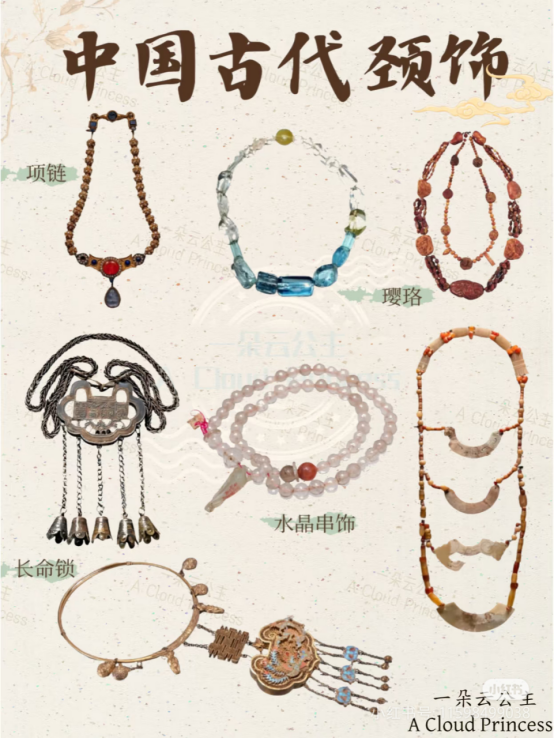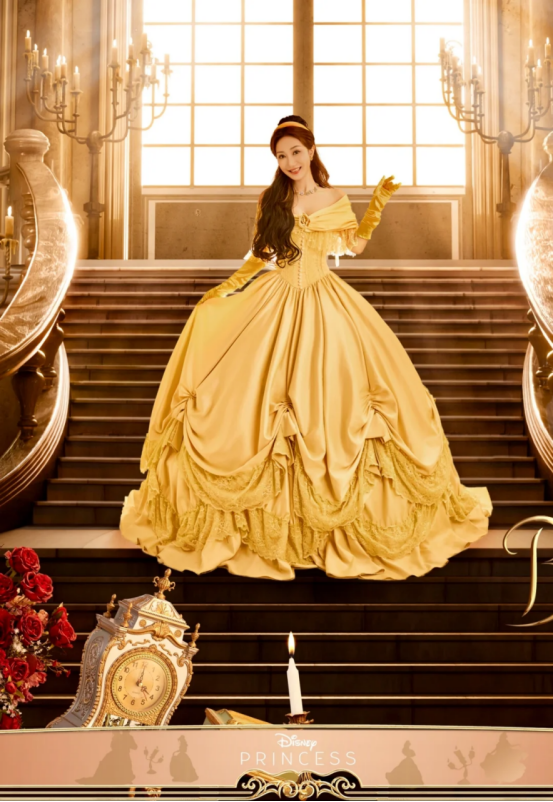
In the Ming Dynasty clothes, there was a special traditional costume called the “Daopao”. Contrary to its name, it was not a Taoist costume but a daily casual robe for Han men. It could be worn as an outer garment or an inner lining. The straight robe looked similar in appearance but had a simpler internal structure-the key difference was that the Daopao had an inner flap, while the straight robe was a single layer without one. Its style evolved from the daily wear of literati in the Song and Yuan dynasties.

Who Wore Daopaos in the Ming Dynasty?
From the mid to late Ming Dynasty, Daopaos and straight robes often featured white detachable collars. According to Li Xu’s Notes of the Elderly from Jie’an, “Palace maids used paper collars that were replaced daily for cleanliness.” This shows that literati valued hygiene. The white collars protected the easily soiled neckline, ensuring daily cleanliness. The popularity of Daopaos was closely linked to the growth of the literati class under the imperial examination system. Although the Ming Dynasty had strict hierarchical rules for clothing, Daopaos, as daily wear, had few such restrictions.

Design Style of Ming Dynasty Daopaos
The core feature of the Ming Daopao was its “crossed collar with right overlap”. The overall robe was loose and flowing, often reaching the instep. A notable design was the side slits starting under the armpits and extending downward. This not only facilitated walking and riding but also created a subtle, elegant flow when moving, reflecting the unrestrained temperament of literati.
The most ingenious part was its hidden inner flap structure. Beneath the seemingly flat lower hem, several trapezoidal fabric pieces were sewn in. These unfolded quietly with body movements, balancing dignified posture and ease of movement. Another reason for its popularity was its lightweight and simple design—it was easier to wear than other garments, fastened with a tie inside the edge, making it a top choice for daily wear.

Fabrics and Common Colors of Daopao
The Daopao’s understated yet exquisite details spoke volumes. Its colors followed etiquette: civilians mostly wore plain colors like indigo, black, and moon-white, largely due to financial constraints and social norms. Literati and officials, however, could wear brighter hues such as blue, pink, and dark yellow.
Fabrics varied with seasons: lightweight and breathable ramie or kudzu cloth for summer, and thick silk, cotton, or wool for winter. In the mid to late Ming Dynasty, Daopaos had detachable white collars that protected the garment from stains and symbolized the literati’s pursuit of purity, elegance, and noble virtues. Some styles had decorative embroidery on collar and sleeve edges, adding a touch of vibrancy to the otherwise plain robe and highlighting its understated charm.
The Daopao, as daily wear for Ming literati, reflected their spiritual pursuits and the era’s focus on inner cultivation and outer grace. Its style and aesthetics remain a vivid chapter in China’s traditional clothing system.

Notes on Wearing Daopao
Today, Daopaos can be worn daily, but note the following:
Be cautious when wearing them at formal religious events or cultural activities to avoid misunderstandings due to lack of cultural awareness. They are more casual for daily leisure or photography.
Pair them with appropriate accessories like dao scarves or shoes to enhance the cultural atmosphere; avoid mixing with modern clothing.
Consider the occasion—they are not suitable for business or entertainment settings.






